Feeding your tarantula might seem straightforward, but proper nutrition is crucial for their health and longevity. A well-fed tarantula is a happy tarantula, and understanding their dietary needs is essential for any tarantula owner. This guide provides essential information to ensure your eight-legged friend thrives, covering food types, feeding frequency, and safety tips. This isn’t just about throwing in a bug; it’s about creating a balanced diet that mimics their natural feeding habits.
What to Feed Your Tarantula (Best Food)
The ideal diet for your tarantula primarily consists of insects. These creatures are natural predators and thrive on a diet that mirrors their wild feeding habits. A variety of insects can be offered, ensuring a balanced intake of nutrients. The specific food choices, however, depend on the size and species of your tarantula. Young tarantulas, or slings, require smaller prey, while larger adults can handle bigger meals. Always ensure the insects are healthy and free from pesticides.
Crickets are King
Crickets are a staple diet and an excellent source of protein for most tarantula species. They are readily available, relatively easy to keep, and generally well-accepted by tarantulas. When choosing crickets, select those that are of appropriate size for your tarantula – avoid those that are too large, as they can injure your pet. Furthermore, it is essential to gut-load your crickets before feeding them to your tarantula, meaning that you feed the crickets nutritious food. This will enhance the nutritional value of the prey for your tarantula.
Nutritional Benefits of Crickets

Crickets are naturally high in protein, which is essential for the growth and maintenance of your tarantula’s muscles and tissues. They also contain chitin, a fiber that aids in the digestive process. However, crickets alone may not provide all the necessary nutrients. Therefore, it is important to vary the diet occasionally to meet all the nutritional needs of your pet tarantula. Supplementing with other insects will help provide a more balanced meal.
How Often to Feed Crickets
The feeding frequency depends on your tarantula’s age and size. Spiderlings should be fed more frequently, perhaps every other day, to support their rapid growth. Juvenile tarantulas can be fed once or twice a week, while adults typically only need feeding once every one or two weeks. However, observe your tarantula. If the abdomen is large and rounded, your tarantula is well-fed. Adjust the feeding schedule depending on your observation and the overall health of your pet.
Other Insects to Consider
While crickets are a great staple, diversifying the diet can offer additional nutritional benefits and prevent your tarantula from getting bored. Other insects can be a great alternative and should be considered as part of your feeding plan.
Mealworms and Their Benefits
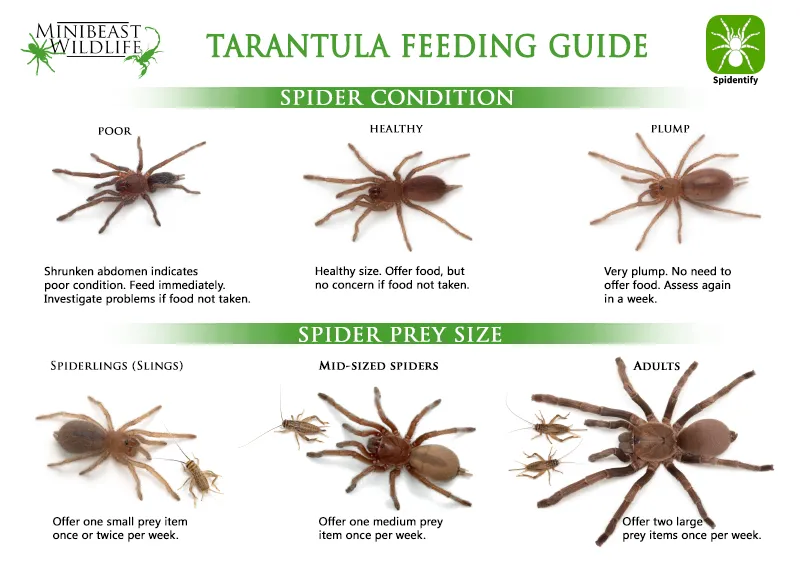
Mealworms are another popular option, particularly for smaller tarantulas or as a treat for larger ones. They are readily available and easy to store. Mealworms offer a good source of protein and are relatively low in fat. However, mealworms have a hard exoskeleton, which can be challenging for some tarantulas to digest, so moderation is key. It’s best to offer them occasionally, rather than as a primary food source, and always monitor your tarantula’s reaction to them.
Roaches for Larger Tarantulas
Roaches, such as Dubia roaches, are an excellent food source for larger tarantulas. They are high in protein and other nutrients and are less likely to burrow or hide than crickets, making them easier to catch. Roaches are also relatively easy to breed, allowing you to establish a consistent food supply. Before feeding roaches to your tarantula, gut-load them with nutritious food for a balanced meal. Roaches can be a great source of nutrition for large, adult tarantulas and a welcome change from a diet of just crickets.
Prey Size Matters
Choosing the right prey size is crucial for your tarantula’s well-being. Too large, and the tarantula might not be able to handle it, leading to stress or even injury. Too small, and your tarantula might not get enough nutrition. Determining the appropriate prey size needs a bit of observation and understanding of your tarantula’s growth stage.
Why Prey Size is Crucial
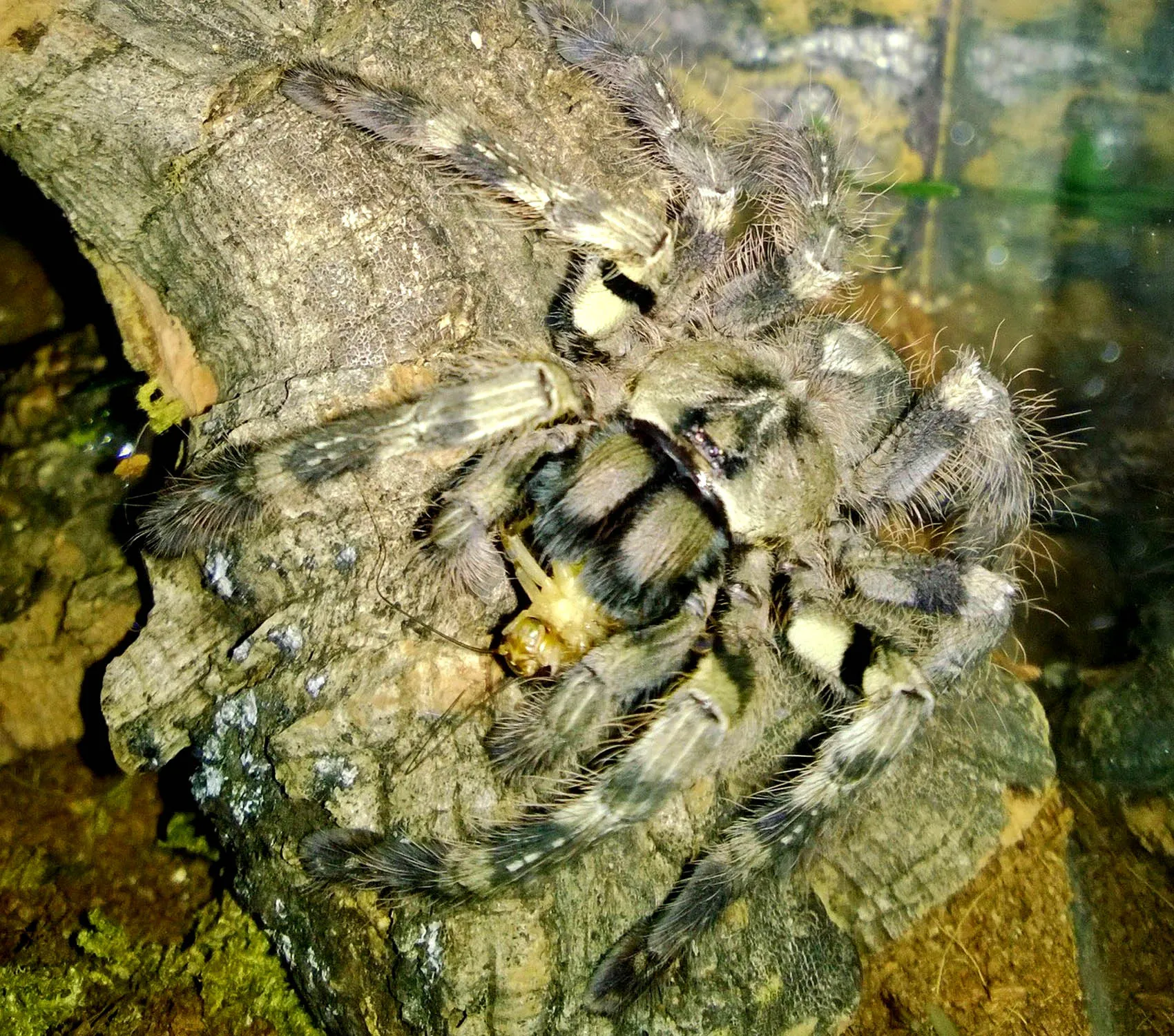
The size of the prey significantly impacts the tarantula’s ability to eat, digest, and thrive. Overly large prey can cause your tarantula to become stressed, struggle to eat, and even lead to injury. In extreme cases, the prey can harm your tarantula. Conversely, if the prey is too small, your tarantula might not get the necessary nutrients to grow and maintain its health. Feeding the right size prey will help your tarantula grow and thrive in its enclosure.
How to Determine Appropriate Prey Size
A good rule of thumb is to offer prey that is no larger than the tarantula’s body length, excluding the legs. For spiderlings, the prey should be even smaller. You can start by offering the smallest crickets available. As your tarantula grows, gradually increase the size of the prey. Observe your tarantula as it eats – if it struggles to handle the prey, it’s too big. Adjust accordingly. Regularly monitoring your tarantula’s eating behavior and abdomen size can also help determine the appropriate prey size.
Water is Essential for Tarantulas
Water is just as important as food for tarantulas, ensuring they stay hydrated and healthy. They absorb moisture through their exoskeletons and by drinking. Therefore, providing fresh water is a non-negotiable aspect of tarantula care. The setup, how often you change the water, and the type of dish are all crucial factors to be aware of.
Importance of Fresh Water
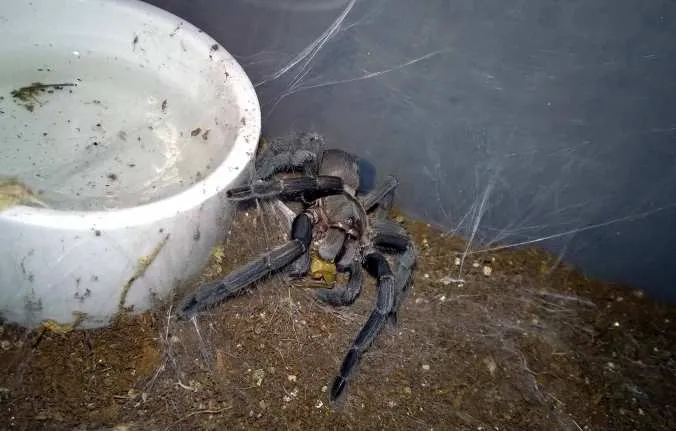
Fresh water is critical for your tarantula’s health. It helps regulate bodily functions, aids in molting, and prevents dehydration. Without access to fresh water, your tarantula can become ill, impacting its overall health and lifespan. The availability of water is as vital as the availability of food, and should be provided at all times. Regular access to clean water promotes a healthy tarantula and makes sure it is thriving in its enclosure.
Water Dish Recommendations
Choose a shallow water dish that is easy for your tarantula to access and difficult for them to drown in. Ceramic dishes or bottle caps are often ideal, but avoid anything too deep or steep-sided. The dish should also be easy to clean. The water should be changed at least every other day, or more frequently if it becomes dirty or if the tarantula has added substrate to the water. Use distilled or bottled water to avoid contaminants that might be present in tap water. By providing and maintaining a clean water source, you are safeguarding your tarantula’s health and promoting its wellbeing.
Observe Your Tarantula’s Behavior
Understanding your tarantula’s behavior is crucial for determining its feeding habits and overall well-being. Learn the signs of a healthy appetite, what to do if they refuse food, and how to adjust your care routine accordingly. Close observation can help you recognize when something is wrong, allowing you to take prompt action. Observe your tarantula regularly to ensure that it is eating well, and that the feeding regimen is appropriate.
Signs of a Healthy Appetite
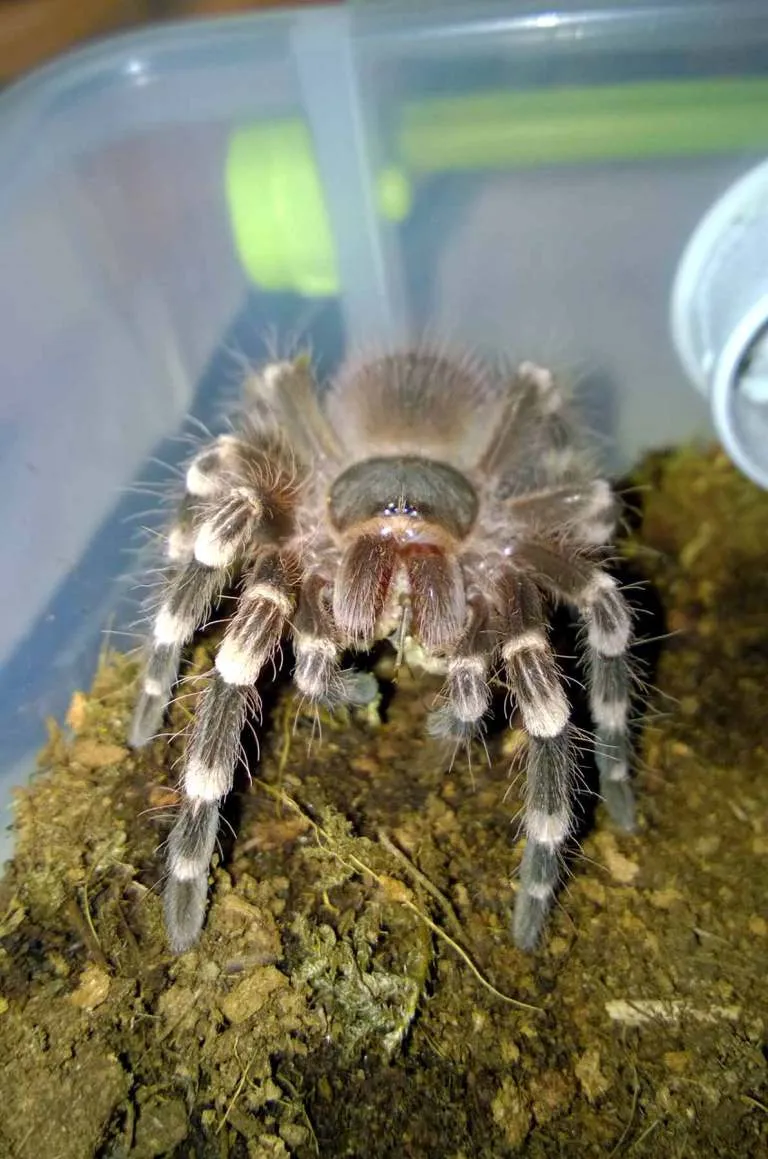
A healthy tarantula will usually be eager to eat and will readily accept food. A tarantula with a good appetite will typically come out of its hiding place when food is introduced and immediately pounce on the prey. After eating, its abdomen will appear slightly larger and rounder. Molting is a natural process, and tarantulas usually stop eating before a molt. Being observant and noting these signs will help you gauge whether your feeding regimen is correct and if your tarantula is happy and healthy.
What to Do If Your Tarantula Refuses Food
Sometimes, tarantulas refuse to eat, which can be a sign of several underlying issues. Common reasons include the pre-molt stage, stress from environmental factors, or illness. If your tarantula refuses food, check the enclosure for appropriate temperature, humidity, and security. Make sure that your tarantula has fresh water and is comfortable. Remove uneaten food after a day or two to prevent potential issues. If the refusal lasts for an extended period, consult an experienced tarantula keeper or a veterinarian specializing in exotic animals.
Handling and Feeding Safety
While tarantulas are not generally aggressive, it’s essential to handle them with care and prioritize safety during feeding. Accidents can happen, so taking precautions and having a good understanding of tarantula behavior is paramount. Understanding these safety precautions will allow you to provide the best care while keeping yourself and your pet safe.
Avoiding Bites and Injury
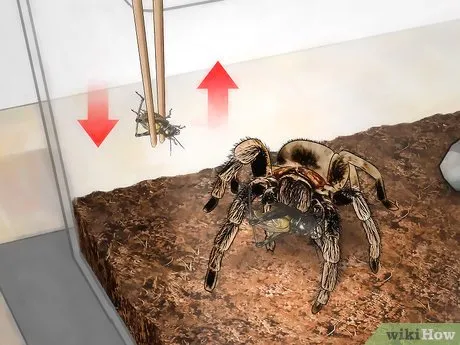
When handling your tarantula, avoid sudden movements and always be gentle. Try not to provoke or startle the spider. If you must handle your tarantula, do so with caution. Tarantulas are not inherently aggressive, but they will bite if they feel threatened. Avoid putting your hand directly in front of the spider. If you need to move your tarantula, gently coax it into a secure container. Similarly, when feeding, use long tongs to place the insects in the enclosure, minimizing the risk of getting too close. Always supervise feeding sessions to manage any potential issues.
Creating a Safe Feeding Environment
Make sure the enclosure is secure and the tarantula has a place to hide and feel safe. Place food in a location that is accessible and easy to find. Remove any uneaten insects after a day or two to prevent stress on the tarantula and to avoid the insects biting or annoying the tarantula. The substrate should also be appropriate for your tarantula’s species. Providing a secure, clean, and appropriate enclosure will significantly enhance your tarantula’s wellbeing and reduce the risk of any feeding-related injuries.
In conclusion, successful tarantula feeding involves more than just providing insects. It’s about understanding your pet’s specific needs, offering a balanced diet, and ensuring a safe and stress-free environment. By following this guide, you can create the best feeding practices for your tarantula, ensuring a happy, healthy, and long life for your eight-legged friend.
